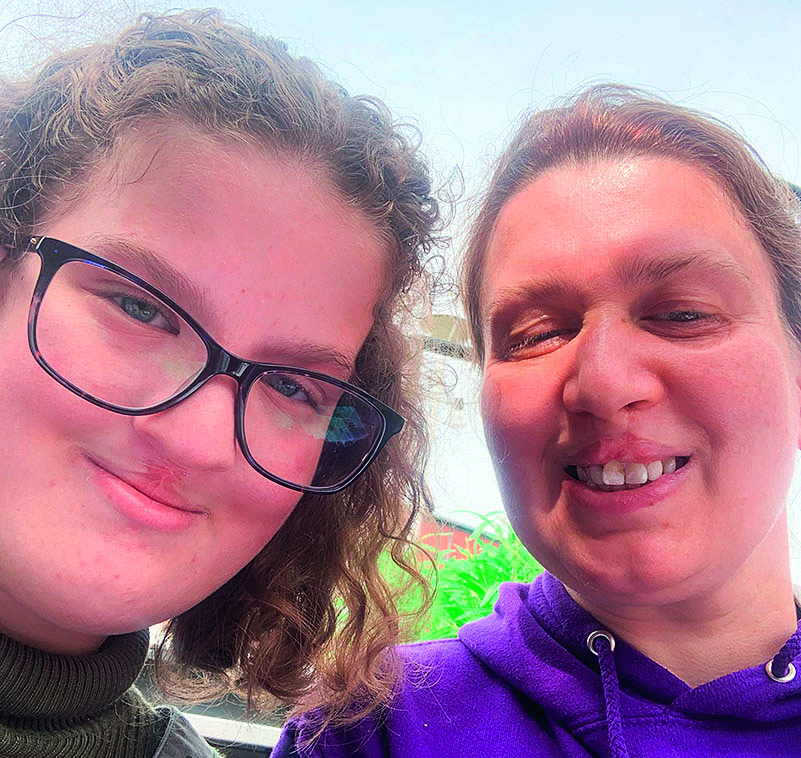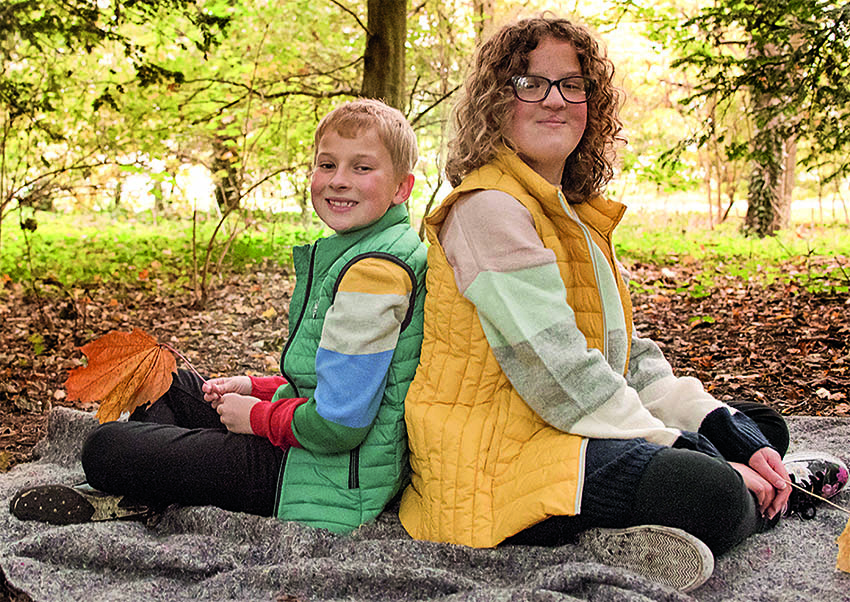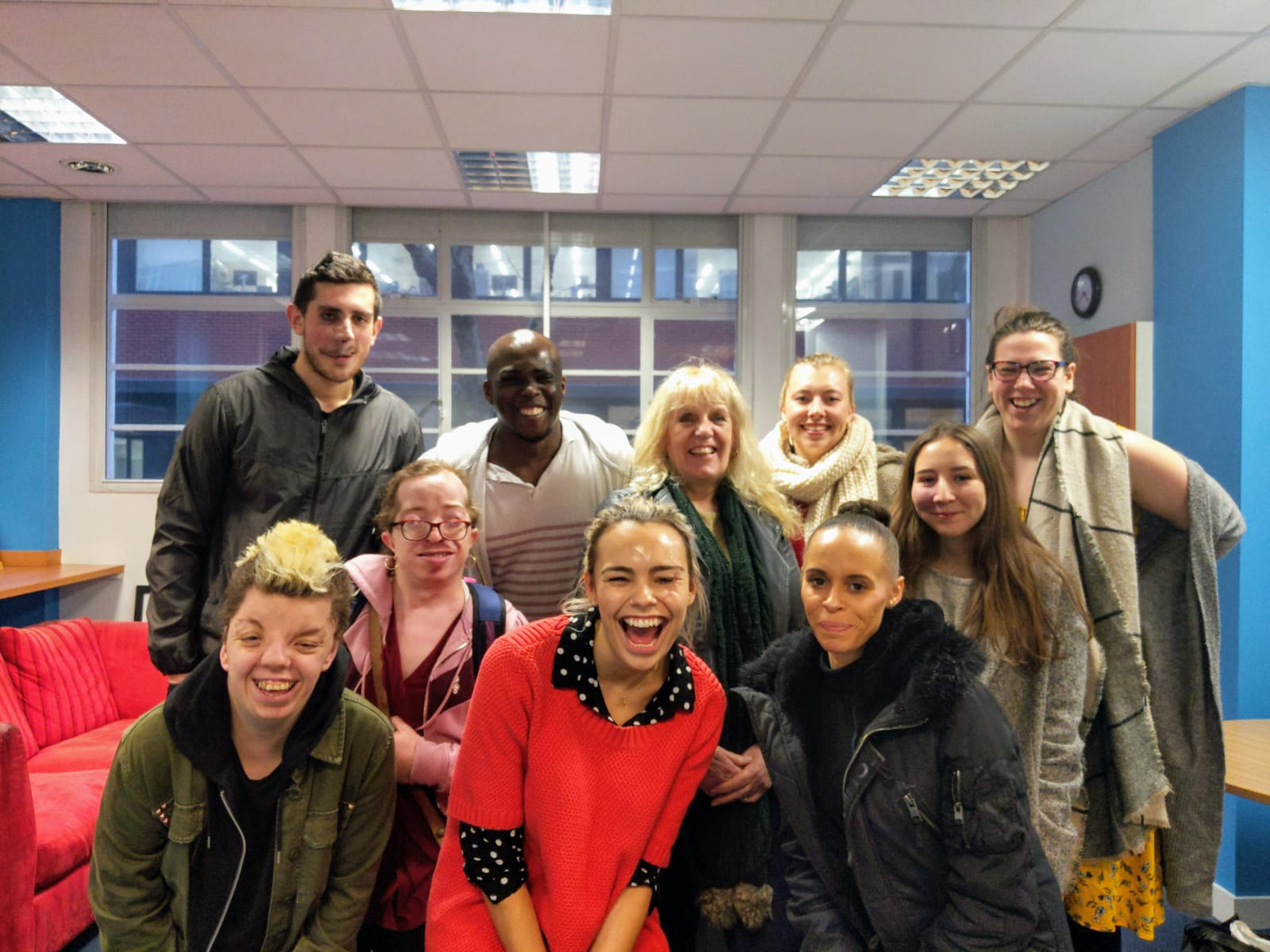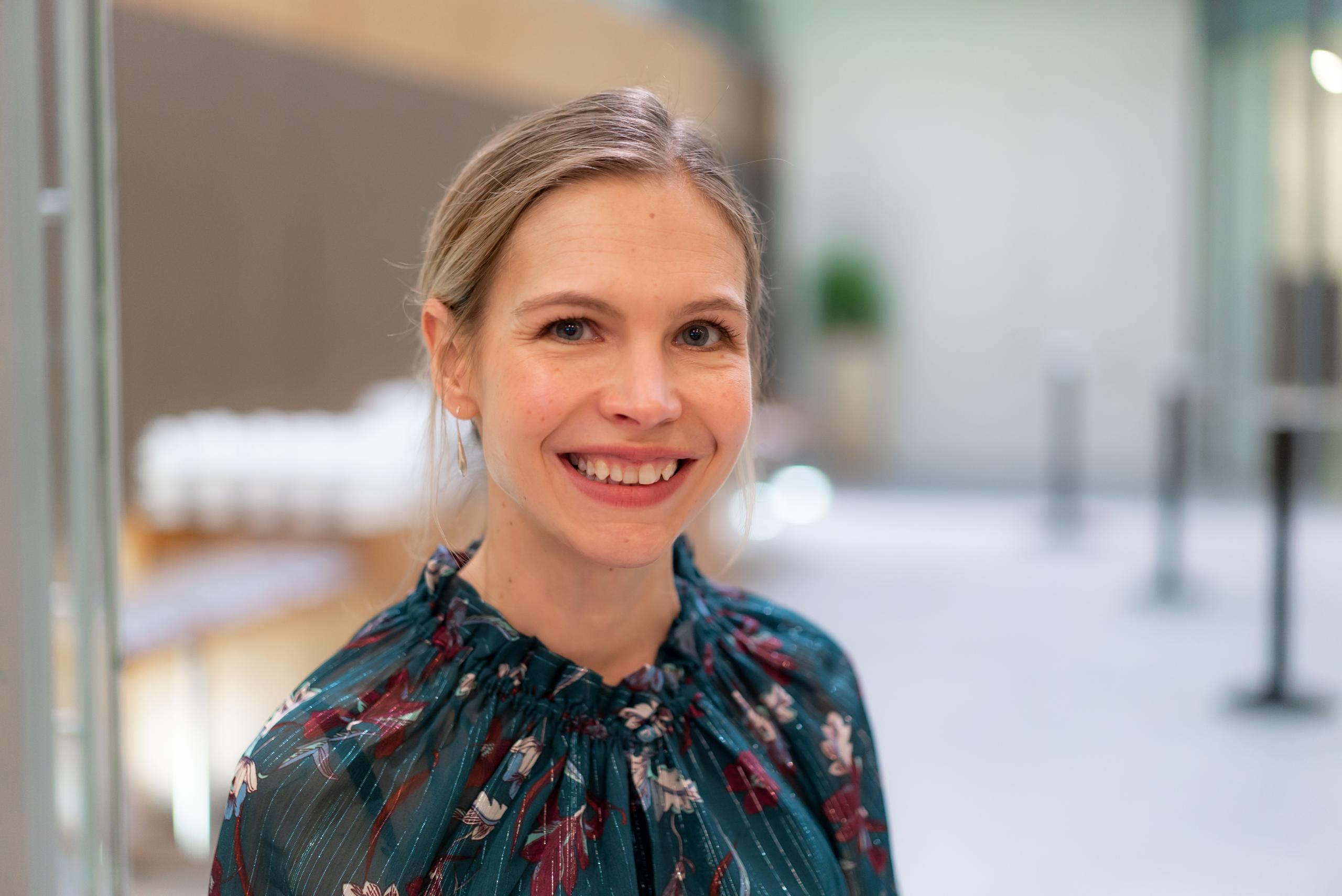Changing Faces, Changing Lives
Lisa Addlesee, 39, and her family from Lincolnshire have received support from Changing Faces to help their daughter Ela through the challenges of living with a visible difference. Here she tells us how the charity has helped build Ela’s confidence, prepared her for moving to secondary school and has supported her family
Four years ago, my husband William was driving our daughter Ela, now 12, home from school when she suddenly asked, ‘Daddy, why do I look different to everybody else?’. It was a real shock moment. We knew it was coming at some point but we still felt unprepared and had no idea how to approach it.
Ela was born with a bilateral cleft lip and soft palate – a gap or split in the upper lip and roof of the mouth – that had been evident since my six month pregnancy scan. Having a cleft lip myself, we knew there was a risk as it’s hereditary, so they made sure they got a good view of her face on the scan then offered us a 3D one at another hospital, which confirmed its presence. I remember feeling sad, as I knew from my experience it can be difficult having a visible difference, but we tried not to dwell on it. When Ela was six months old, she had her first surgery to repair her cleft lip. She then had more than ten surgeries on her palate during the next nine years as she scarred quite thickly, which meant the surgery had to be redone.
As Ela got older, the more she understood, the more upset she got about having to have surgery. We were also concerned about secondary school and how Ela would cope if people asked questions or stared at her. When she started asking questions about why she looked different, we felt like she needed somebody to talk to and that we needed some guidance as parents on how to support her emotionally.
We began looking for charities that could offer support and came across Changing Faces, which offers services and support for anyone struggling with the emotional impact of having a visible difference. We decided to attend a cleft family fun day that was being attended by a representative of the charity. We listened to her speak and thought, ‘Yes, this is what we need’, so we filled in a form and they immediately said they could help us, which was a huge relief. Since then, we have attended several counselling sessions with the charity. The first was just us, where we could talk stuff through without Ela, then the rest we attended together. Later on they got Ela’s brother George, who is eight, to come along too. They asked Ela about how she feels, including how she feels when someone stares at her and what she would do. They also talked a lot about moving to secondary school and the different scenarios she might face, giving her ideas for the sorts of things people who hadn’t seen her before might ask and preparing her with answers and ideas for how to cope with the stares. As well as the counselling sessions, we have attended workshops hosted by the charity. Ela went to a paint-positive one and did some pictures and paintings that were displayed in a Sheffield art gallery, while George enjoyed a circus skills workshop. It’s been amazing to meet other people who have a visible difference, as we get to talk to those with similar life experiences and we get tips from each other. It’s provided a valuable support network for us all. The charity has also given Ela lots of practical tips for managing emotions, as she does get stressed and emotional – such as guidance on mindfulness and techniques to slow her breathing and feel calmer, and they suggested we get a Worry Monster soft toy so she could write down her worries and put them inside the toy, so we got one for both Ela and George and they have been helpful.
The charity also advised Ela to keep a notebook to write down any questions to ask her consultant before surgery, which she did for her last operation and it really helped her to feel less anxious. Finding Changing Faces has benefitted us all so much. The charity helped me let go of some of the guilt I had been carrying around for eight years that Ela had inherited her condition from me. Every time she had an operation that guilt would really kick in. A counsellor reassured me there was nothing I could have done about it, which really helped. The charity has also helped prepare Ela for many different situations. Although Ela was lucky to never have any problems at all at primary school
– perhaps as she had grown up with the other children they just accepted her for who she was – we were concerned about her moving to secondary school, but it actually went really well. She had one person say something to her on the first day – asking her why she looked the way she did and saying it looked ugly – but she was able to respond with one of the answers she had prepared in her counselling session and discussed it with us afterwards, so it didn’t affect her as much as it might have before.
We have both experienced people staring at us when we are out and about, which could be quite hard. I remember recently being in the queue in a shop and some girls staring at us, which really shocked my husband because he had never experienced us both being stared at like that, but Ela and I were able to just smile back and let it go. It does make you feel a bit sad because nobody likes being stared at, and I would much rather they would just ask questions instead, but I think the counselling from the charity – for example talking about all the reasons someone might stare – has helped us see things differently.
Ela is so much more confident, seems happier in herself and has made lots of new friends, which is fantastic for us to see. The counselling sessions have helped her realise people will like her for who she is and not what she looks like and to appreciate the amazing person she is. The best thing is just knowing there’s someone out there who can help us when we need it and that there are people who understand. I spoke to my parents about the charity and they said they wished there had been something like that when I was younger as they can see what a big difference it makes. It’s just an amazing source of support to us and so many families and one that has changed all our lives for the better.
Total raised: £32,986
Changing Faces is using the money raised in the Candis Big Give to continue to provide advice, support and psychosocial services to anyone with a scar, mark or condition on their face or body that makes them look different. It will allow them to fund the UK’s only free counselling service for children with disfigurements.
The service will help some of the 86,000 children in the UK living with a disfigurement – of whom almost half are bullied at school – to get practical and emotional support and cope with appearance-related mental health conditions.
The charity also works to challenge discrimination and campaign for Face Equality. It does a lot of work in schools to help create a more inclusive environment for people with a visible difference and has also worked with people in retail and advertising in a campaign called Pledge to be Seen, which is all about making sure that people with scarring and other visible differences are seen in the advertising and beauty industry. It has a partnership with beauty brand Avon, which is using a range of people with visible differences in their campaign. The charity has also run a campaign called I Am Not Your Villain, working with young people to explain how it feels for them when people who look different are always the baddy in films and on TV and how those characters from fiction can sometimes be used as a tool to bully them, calling on the film industry to stop using scars, burns, marks and other visible differences as a shorthand for villainy.
Visit changingfaces.org.uk for details.
What Changing Faces means to me
Becky Hewitt, Chief Executive for Changing Faces, tells us why the work of the charity is so important
“People with visible differences face a huge number of challenges that are often overlooked – including personal challenges around social anxiety and isolation – so a key part of what I do is make sure their voices, experiences and stories are at the heart of our work. We do a lot of listening, conversation and making sure the services we provide really meet the needs of our community.
We know that being bullied is a huge issue for the people we work with, and that can go all the way from pointing and staring to hate crime. We worked with a young lad with a flaky skin condition who told us he had an experience of getting into a taxi and the driver told him to get out of his car in case he made it dirty. We had another young person tell us she had an experience of someone winding down the window of their car to try and take a picture of her to post on social media. Often the people we work with don’t know anyone else who are facing what they are dealing with, so we try to make them feel they’re part of a community and provide support for them and their family, while raising awareness of the difficulties they face and campaigning to change people’s attitudes and prejudice.
We are the only charity in the UK that works with visible difference like we do. The work we do is unique and something of which I’m incredibly proud. Getting to spend time with this fantastic group of people who are often marginalised and face huge challenges, and knowing we are empowering and supporting them, is amazing. We help them tell their stories, speak out in Parliament and the media and challenge the things they don’t like. Hearing their experiences of changing the world around them is always the most incredible and inspiring part of my job.”






Leave a Reply
Please login or register to leave a comment.